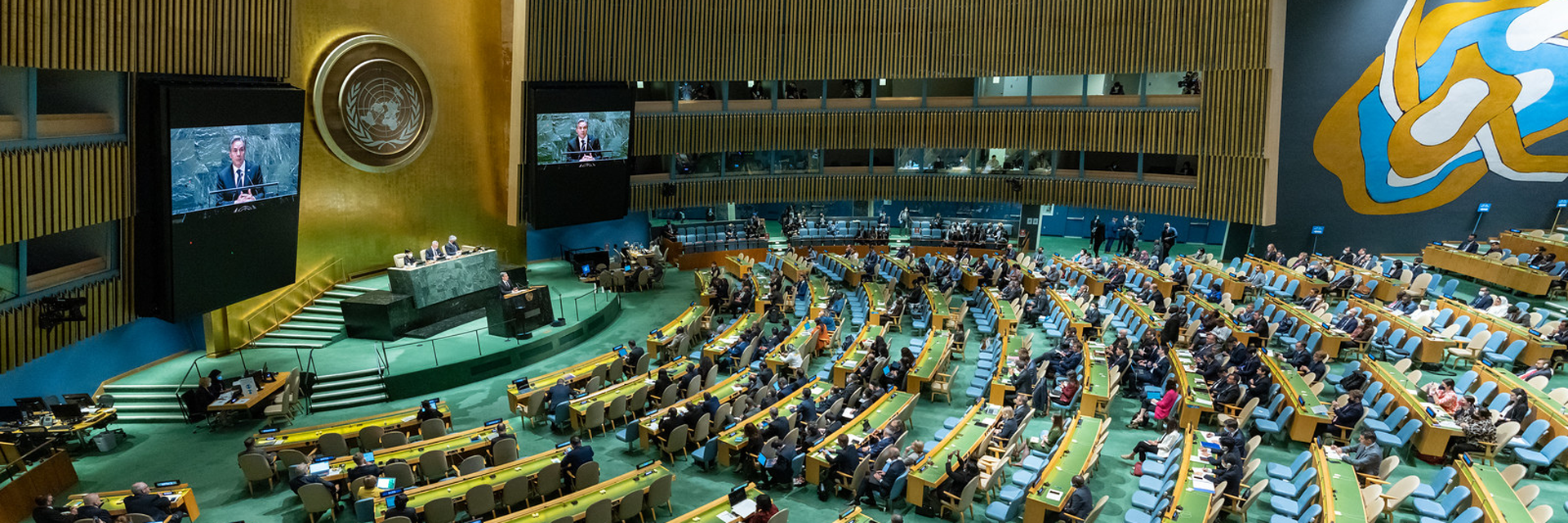
Design for Sound to Empower People
Design for Sound to Empower People
Wes McRae | January 10, 2024 – Atlanta, GA
Encouraging students to think about audio characteristics of spaces, Karen Van Lengen and Olga Touloumi led a discussion, Architecture, Sound, Agency: Contemporary and Historical Lenses, on how those characteristics can change human interaction.
Designing for sound has ramifications beyond aesthetics, said Danielle Willkens, associate professor in the School of Architecture, who moderated the discussion. "Audio characteristics can be really critical to how you share information, to how sound and agency go together."
"Touloumi spent some time talking about the United Nations General Assembly chambers," Willkens said. "If the speaker's voice is coming through these major projected speakers that are all throughout the room, then it feels overpowering and it's not about the singular person. It becomes almost like a dictatorship."
"So actually the way that we perceive sounds in a space or a situation can make you feel empowered or feel suppressed."
Despite the importance of sound or acoustics in design, students don't often have the opportunity to talk about it apart from specific applications, like a concert hall, Willkens said.
"Students often don't get to a point within a design where they actually have enough information to understand the audio landscape of their project," she said. "Acoustic behavior has so much to do with the materials of a project or a space, knowing what is going to cause dampening or resonance or reverberation or whatever it may be."
"Students usually can't get into that level of detail because of the scale or the timeline of a project."
Van Lengen is the William Kenan Professor of Architecture at the University of Virginia. Touloumi is Assistant Professor of Architectural History at Bard College.
"I think the dialogue aspect of having Touloumi and Van Lengen together was really productive," Willkens said. "Touloumi came from an architectural history perspective and Van Lengen from an architectural practice perspective."
"They both said independently that they found getting ready for this, talking to each other before coming down, was really helpful and made them think about things in a different way."
"So I think it's a productive model of how you make a lecture beneficial," said Willkens, "versus having somebody come in and recycle a talk that they've done five times."